‘Bone biographies’ reveal life and times of medieval England’s common people
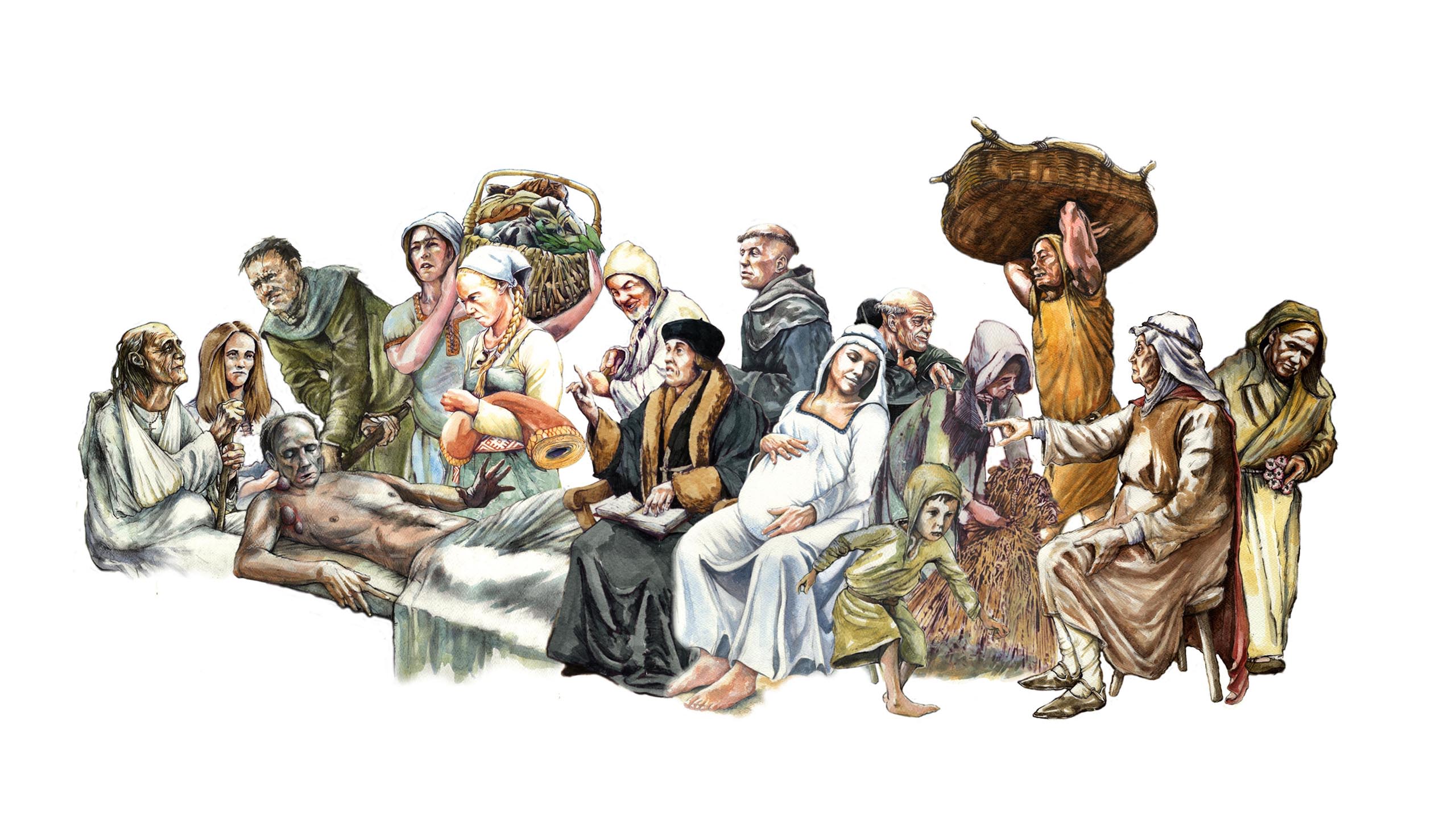
A series of 'osteobiographies' created by a major research project tell the stories of medieval Cambridge residents as recorded on their skeletons, illuminating everyday lives during the era of Black Death and its aftermath.
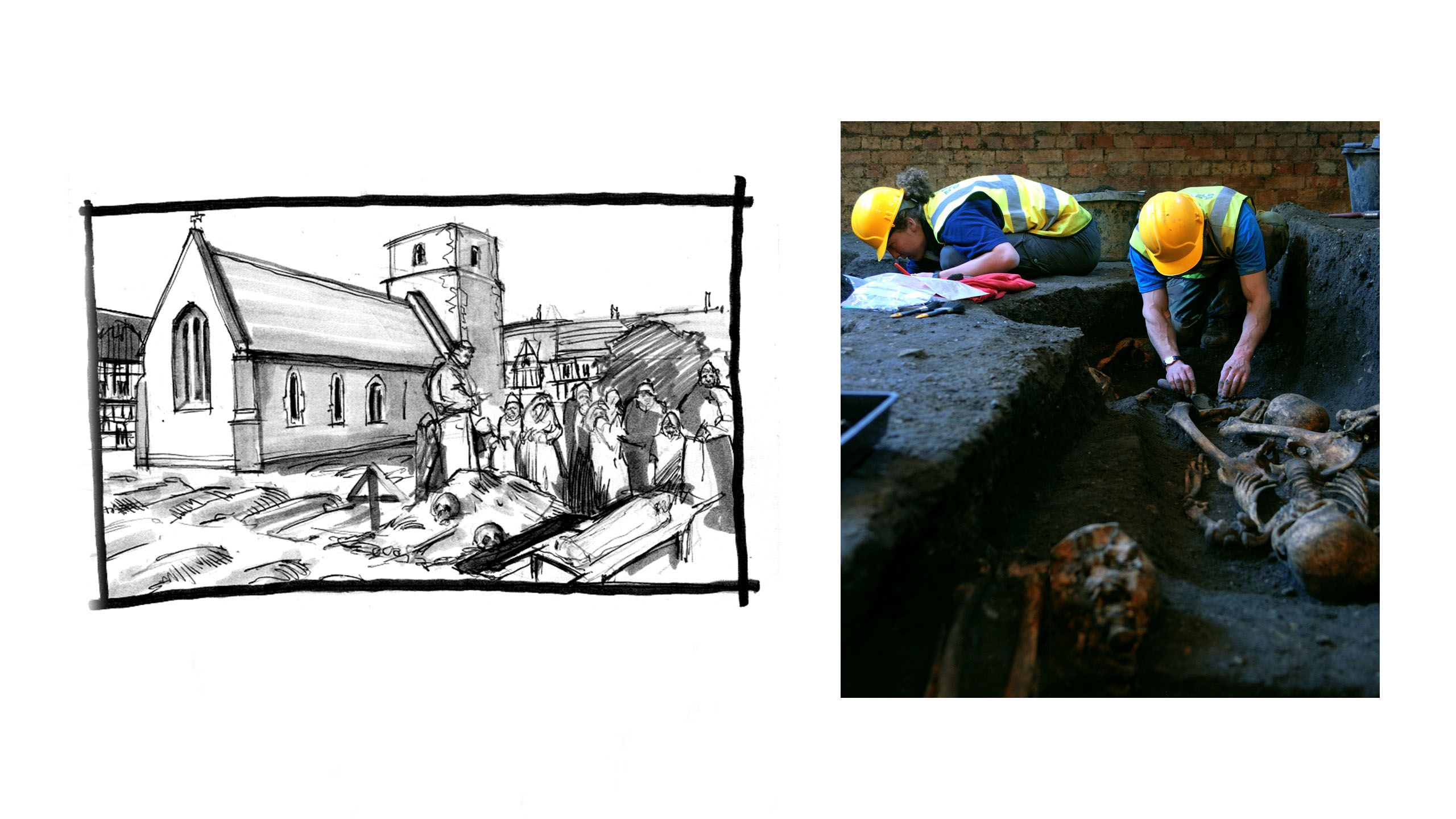
University of Cambridge archaeologists have analysed close to 500 skeletal remains excavated from burial grounds across the city, dating between the 11th and 15th centuries. Samples came from a range of digs going back to the 1970s.
The team used the latest techniques to investigate the diets, DNA, activities, and bodily traumas of townsfolk, scholars, friars and merchants. This database of medieval life histories has already led to findings on diseases from cancer to herpes.
Researchers have now focused on sixteen of the most revealing remains that are representative of various “social types”, with bones offering up lost details of those who jostled in Cambridge’s narrow streets many centuries ago.
Full “osteobiographies” are available on a new website launched by the After the Plague project at Cambridge University’s Department of Archaeology.
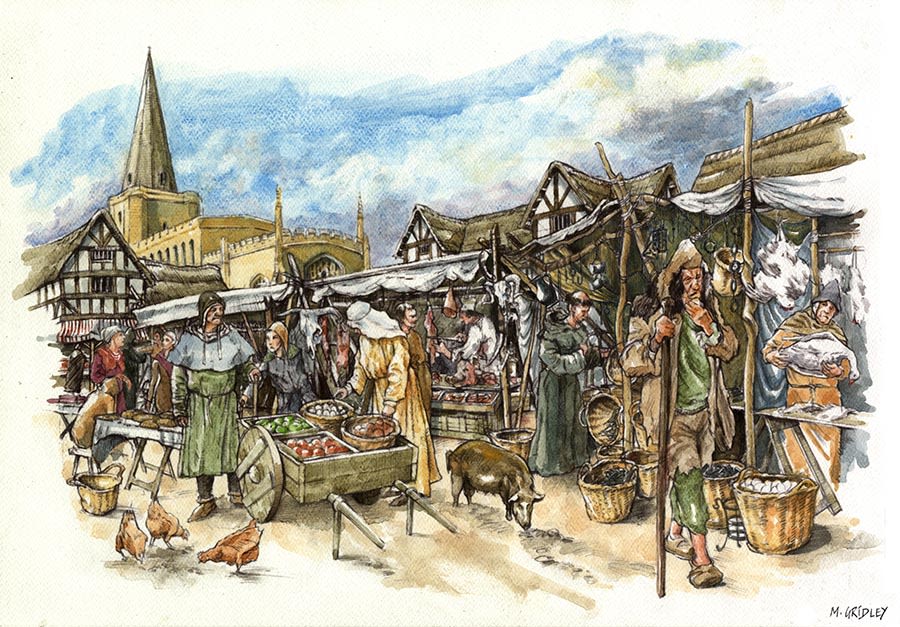
The project involved specialists in archaeology, osteology, genetics, biochemistry and medicine, and the results have been illustrated by artist Mark Gridley.
“An osteobiography uses all available evidence to reconstruct an ancient person’s life,” said lead researcher Prof John Robb.
“Our team used techniques familiar from studies such as Richard III’s skeleton, but this time to reveal details of unknown lives – people we would never learn about in any other way.”
“The importance of using osteobiography on ordinary folk rather than elites, who are documented in historical sources, is that they represent the majority of the population but are those that we know least about,” said After the Plague researcher and osteoarchaeologist Dr Sarah Inskip.
The project used a statistical analysis of likely names drawn from written records of the period to give pseudonyms to the people studied. “As our work progressed, we stopped seeing the remains as faceless skeletons,” Robb said.
“Journalists report anonymous sources using fictitious names. Death and time ensure anonymity for our sources, but we wanted to them to feel relatable.”
Prof John Robb
Meet 335 (‘Anne’), whose life was beset by repeated injuries, leaving her to hobble on a shortened right leg.
Meet 709 (‘Jankyn’), the sickly child with infections in his knee and head, who didn’t make it past the age of four.
Meet 730 (‘Edmund’), who suffered from leprosy but – contrary to stereotypes – lived among ordinary people, and was buried in a rare wooden coffin.
Meet 92 (‘Wat’), who survived the plague, eventually dying as an older man with cancer in the city’s charitable hospital.
Inside the medieval benefits system
The website coincides with a study published in the journal Antiquity by Inskip, Robb, and colleagues, which investigates the inhabitants of the hospital of St. John the Evangelist.
Founded around 1195, this institution helped the “poor and infirm”, housing a dozen or so inmates – along with a handful of clerics and lay servants – at any one time. The hospital lasted for some 300 years before being replaced by St. John’s College in 1511. The site was excavated in 2010.
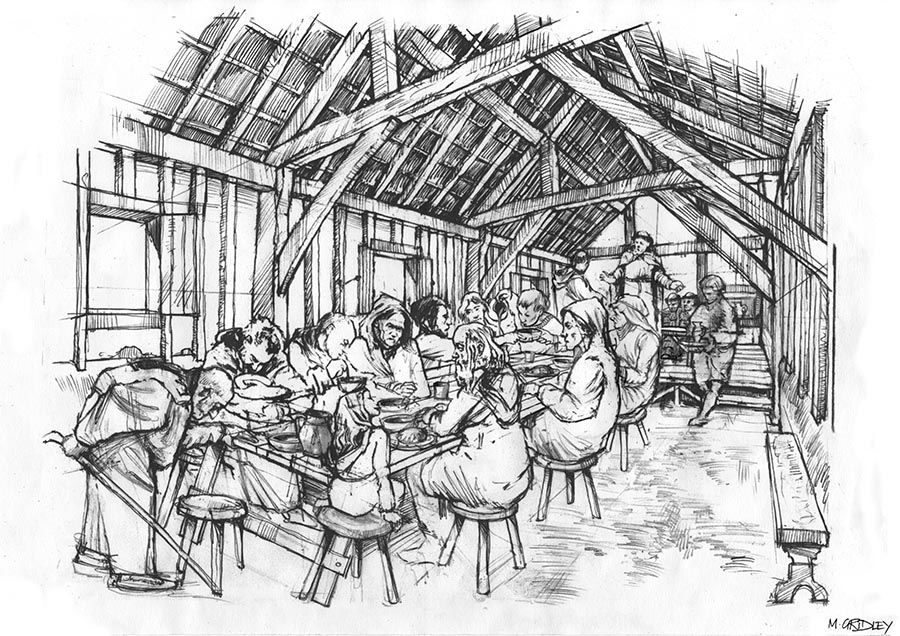
“Like all medieval towns, Cambridge was a sea of need,” said Robb. “A few of the luckier poor people got bed and board in the hospital for life. Selection criteria would have been a mix of material want, local politics, and spiritual merit.”
The study gives an inside look at how a “medieval benefits system” operated, and the kinds of people prioritized for help. “We know that lepers, pregnant women and the insane were prohibited, while piety was a must,” said Robb.
Inmates were required to pray for the souls of hospital benefactors, to speed them through purgatory. “A hospital was a prayer factory.”
Molecular, bone and DNA data from over 400 remains in the hospital’s main cemetery shows inmates to be an inch shorter on average than townsfolk. They were more likely to die younger, and show signs of tuberculosis.
Inmates were more likely to bear traces on their bones of childhoods blighted by hunger and disease. However, they also had lower rates of bodily trauma, suggesting life in the hospital reduced physical hardship or risk.
Children buried in the hospital were small for their age by up to five years’ worth of growth. “Hospital children were probably orphans,” said Robb. Signs of anaemia and injury were common, and about a third had rib lesions denoting chronic respiratory diseases such as tuberculosis.
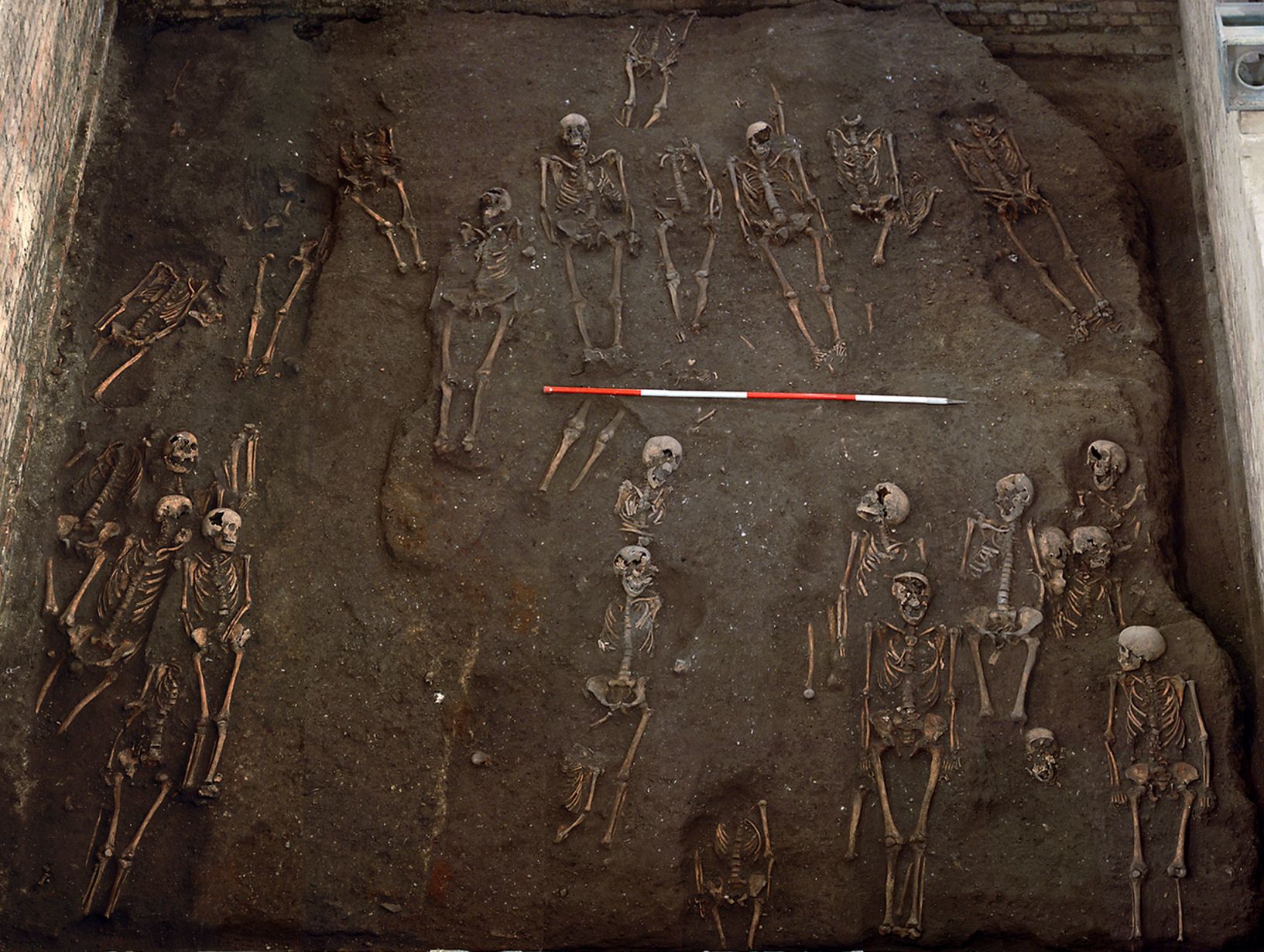
The remains of numerous individuals unearthed on the former site of the Hospital of St. John the Evangelist, taken during the 2010 excavation.
The remains of numerous individuals unearthed on the former site of the Hospital of St. John the Evangelist, taken during the 2010 excavation.
As well as the long-term poor, researchers found up to eight hospital residents who had isotope levels that indicate a lower-quality diet in older age, and may be examples of the “shame-faced poor”: those fallen from comfort into destitution, perhaps after they became unable to work.
“Theological doctrines encouraged aid for the shame-faced poor, who threatened the moral order by showing that you could live virtuously and prosperously but still fall victim to twists of fortune,” said Robb.
The researchers suggest that the variety of people within the hospital – from poor orphans and pious scholars to the formerly prosperous – may have helped appeal to a range of donors.
Three people, including 332 (‘Christiana’), began life some distance away, maybe even as far as Norway. They may have been buried in the Hospital cemetery’s consecrated ground as an act of charity, after dying while visiting Cambridge – perhaps to trade at the town’s famous Stourbridge Fair.
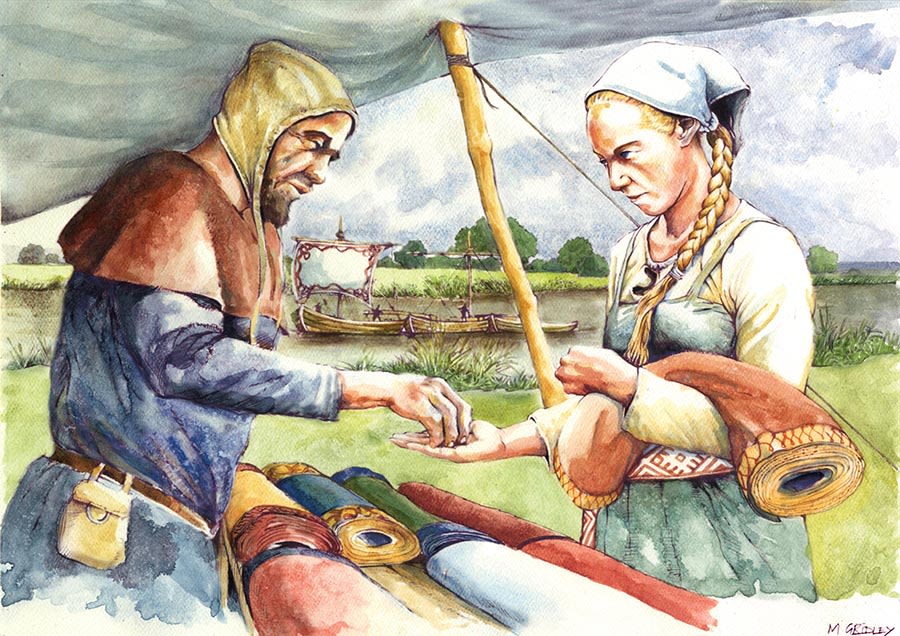
Finding the university scholars
The researchers were also able to identify some skeletons as probably those of early university scholars. The clue was in the arm bones.
Almost all townsmen had asymmetric arm bones, with their right humerus (upper arm bone) built more strongly than their left one, reflecting tough working regimes, particularly in early adulthood.
However, about ten men from the hospital had symmetrical humeri, yet they had no signs of a poor upbringing, limited growth, or chronic illness. Most dated from the later 14th and 15th century.
“These men did not habitually do manual labour or craft, and they lived in good health with decent nutrition, normally to an older age. It seems likely they were early scholars of the University of Cambridge,” said Robb.
“University clerics did not have the novice-to-grave support of clergy in religious orders. Most scholars were supported by family money, earnings from teaching, or charitable patronage.
“Less well-off scholars risked poverty once illness or infirmity took hold. As the university grew, more scholars would have ended up in hospital cemeteries.”
Isotope work suggests the first Cambridge students came mainly from eastern England, with some from the dioceses of Lincoln and York.
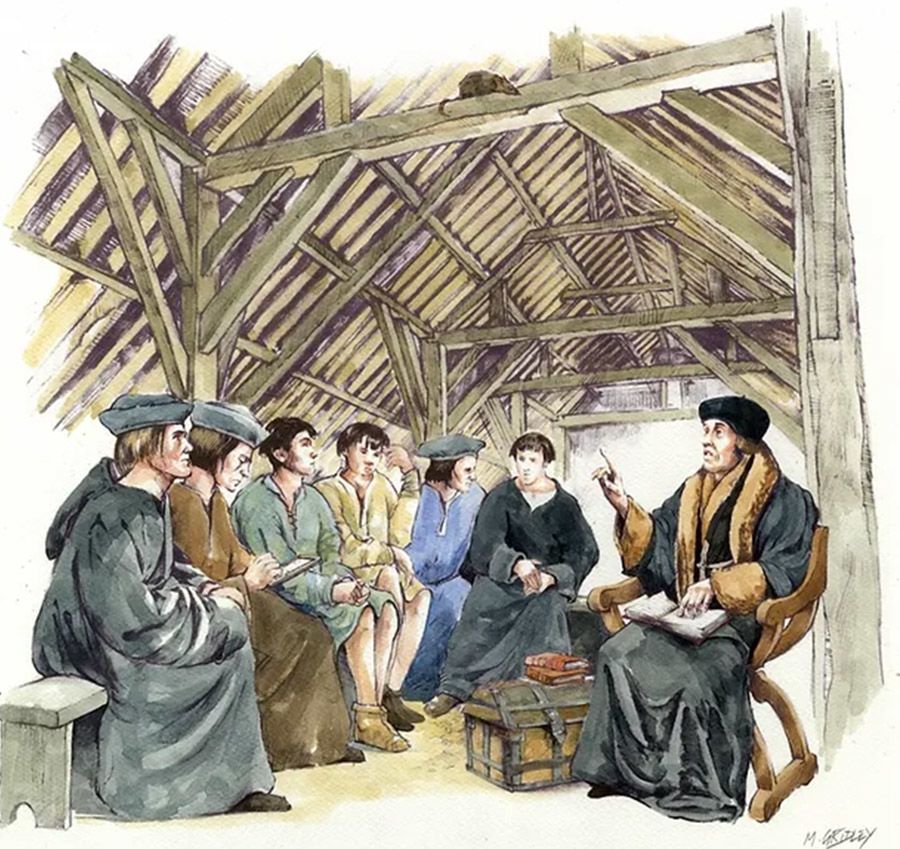
Cambridge and the Black Death
Medieval Cambridge was home to just a few thousand people, with timber-framed houses clustered around a dozen churches, each with a small cemetery. A ten-minute walk in any direction ended in fields worked by many of the locals.
Major Christian orders – such as Dominicans and Franciscans – had bases in the town, and the early University consisted of large hostels for religious students, with the first college, Peterhouse, established in 1284.
Initially small and relatively poor, the colleges start to grow and multiply by the later 14th century thanks to endowments from aristocrats and royalty. By 1400 there were between 4-700 scholars.
Most remains for this study came from three sites. In addition to the Hospital, an overhaul of the University’s New Museums Site in 2015 yielded remains from a former Augustinian Friary, and the project also used skeletons excavated in the 1970s from the grounds of a medieval parish church: ‘All Saints by the Castle’.
Remains from the latter site, as well as from surrounding villages, had been in storage for decades, with some housed in the University’s Duckworth Laboratory, and others held in an old salt mine in Cheshire.
The team laid out each skeleton to do an inventory, then took samples for radiocarbon dating and DNA analysis. “We had to keep track of hundreds of bone samples zooming all over the place,” said Robb.
In 1348-9 the bubonic plague – Black Death – hit Cambridge, killing between 40-60% of the population. Most of the dead were buried in town cemeteries or plague pits such as one on Bene’t Street next to the former friary.
However, the team used the World Health Organization’s methods of calculating “Disease Adjusted Life Years” – the years of human life and life quality a disease costs a population – to show that bubonic plague may have only been 10th or 12th on the risk rundown of serious health problems facing medieval Europeans.
“Everyday diseases, such as measles, whooping cough and gastrointestinal infections, ultimately took a far greater toll on medieval populations,” said Robb.
“Yes, the Black Death killed half the population in one year, but it wasn’t present in England before that, or in most years after that. The biggest threats to life in medieval England, and in Western Europe as a whole, were chronic infectious diseases such as tuberculosis.”
The After the Plague project was supported by the Wellcome Trust.
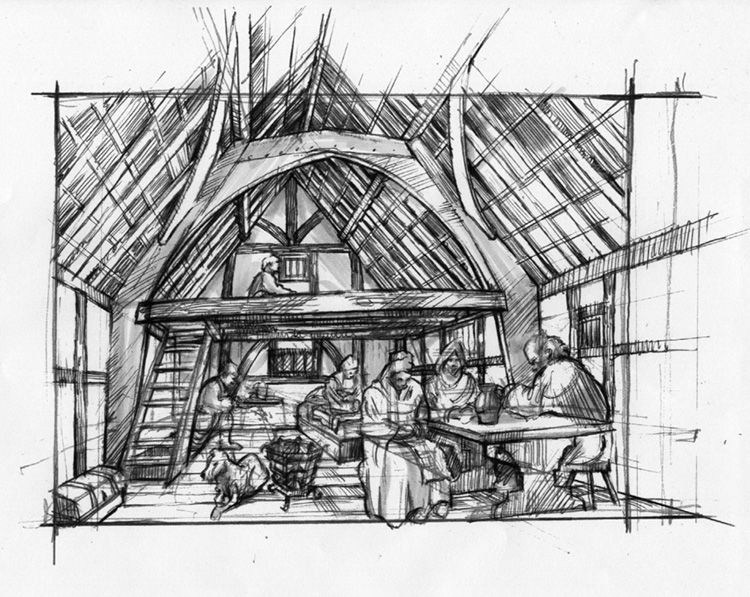
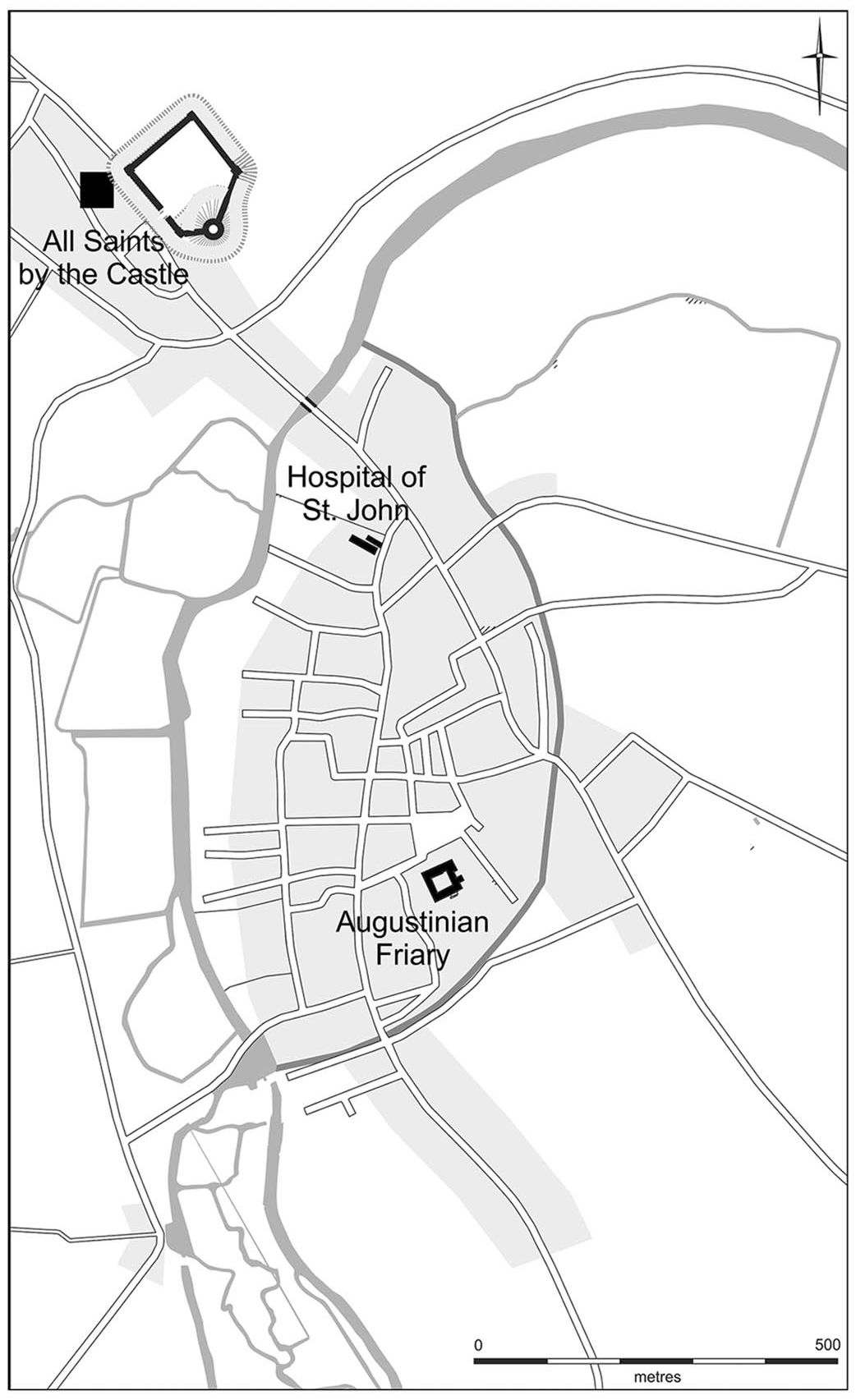
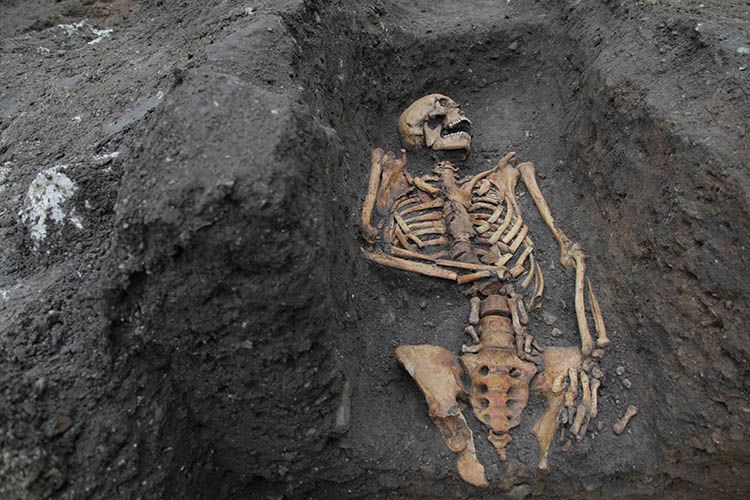
The remains of an individual buried in the Augustinian friary, taken during the 2016 excavation.
The remains of an individual buried in the Augustinian friary, taken during the 2016 excavation.
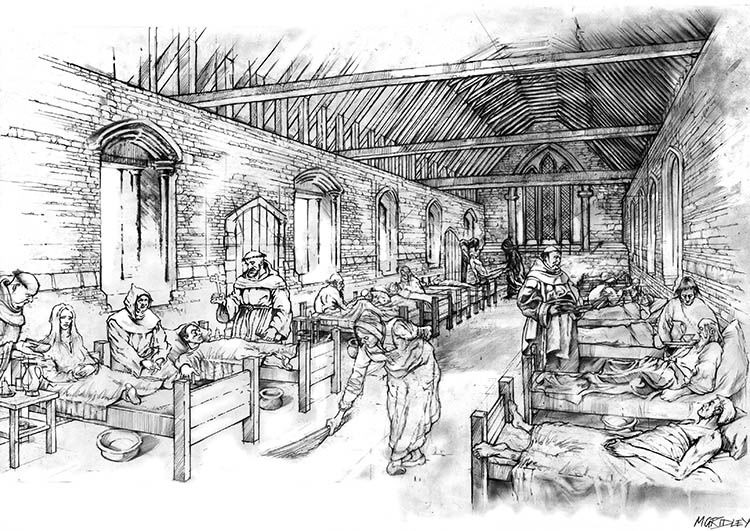
Meet 766 ('Dickon'), born in Cambridge in the early 14th century. He was probably still a child during the Great Famine of 1315-1320 which killed up to 10% of the British population.
But Dickon survived medieval Europe’s worst recorded famine, unlike up to a fifth of England’s population, although it may have reduced his growth. He became a stocky and muscular man, built like a wrestler despite standing at just 5ft 2in.
Dickon lived at the town’s edge, and did heavy physical work. As life took a toll, arthritis in elbows and hips set in, and lost molars saw him resort to chewing with front teeth, leaving them severely – and painfully – worn down.
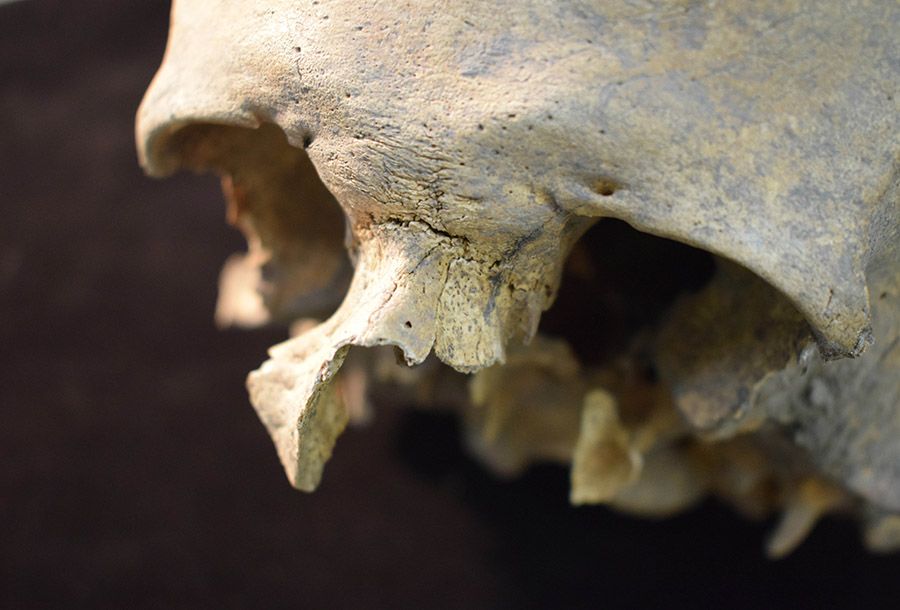
Part of the skull of 766 (‘Dickon’).
Part of the skull of 766 (‘Dickon’).
Unlike so many others, however, he reached middle age, perhaps even around sixty – a relatively old man for the medieval peasant class.
But even the resilient Dickon was no match for the tsunami of pestilence that crashed into Cambridge. His skeleton contains plague DNA.
Dickon most likely succumbed in 1349, the first wave of Black Death: overcome by fever, thirst and delirium. Perhaps some family or neighbours cared for him, those that hadn’t fled. He was buried in “All Saints” cemetery.
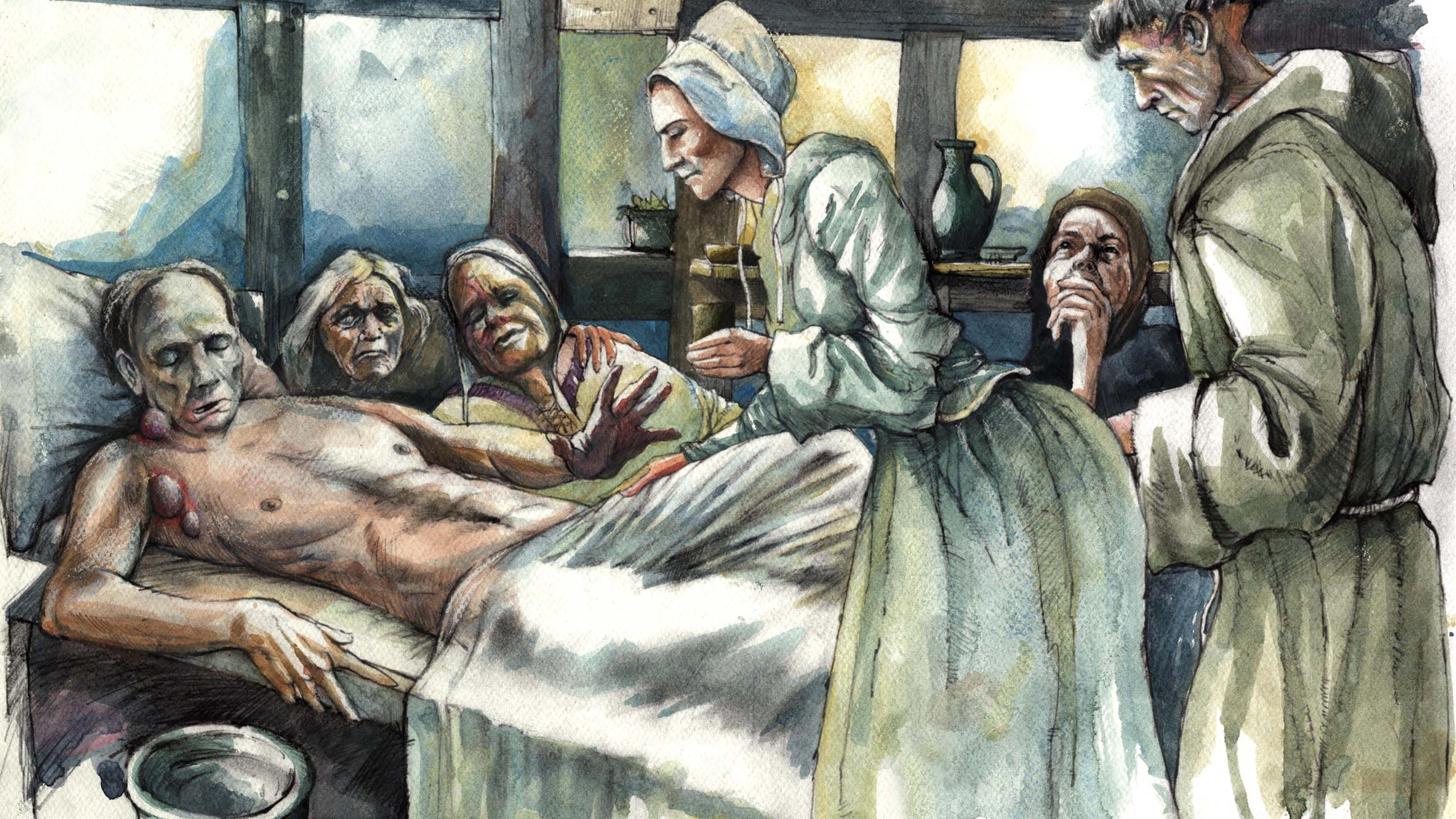
Published 1 December 2023
All illustrations: Mark Gridley
Images of skeletal remains courtesy of Cambridge Archaeological Unit and Nick Saffell.
Map: Vicki Herring
The text in this work is licensed under a Creative Commons Attribution 4.0 International License